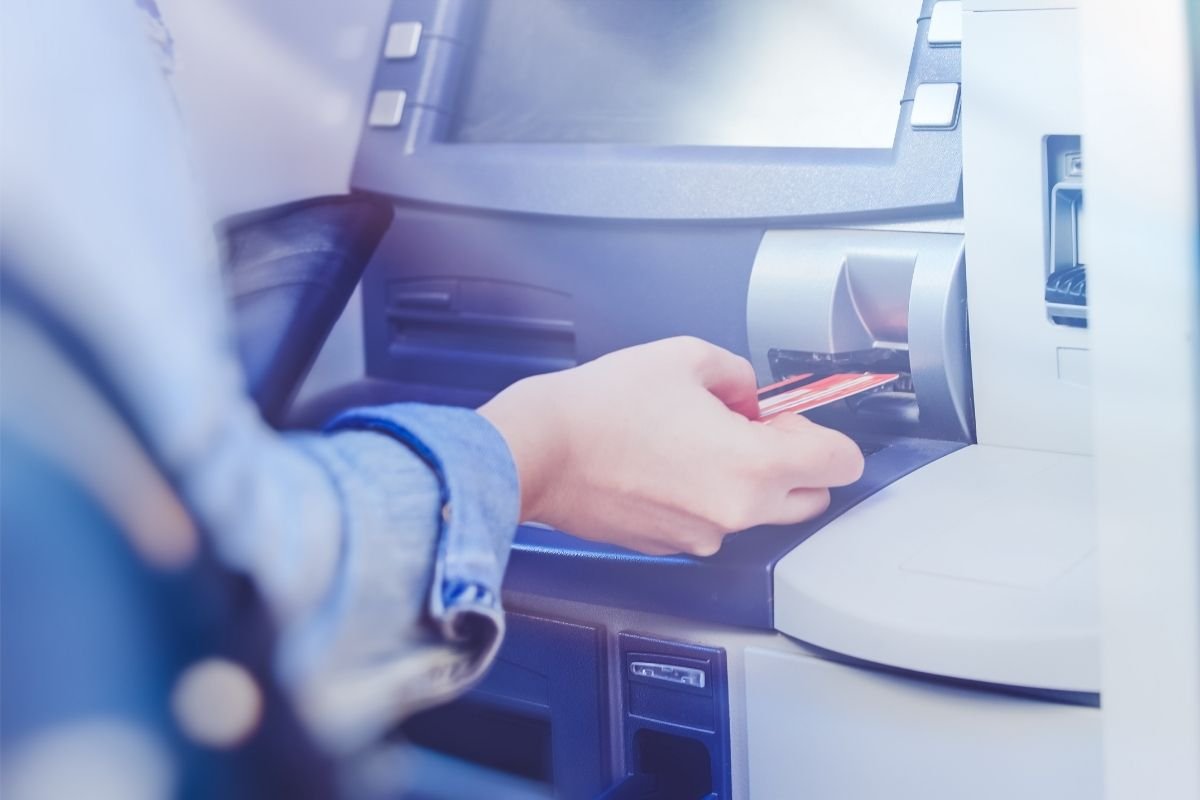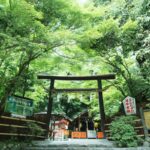Japan is famous for being one of the most technologically developed countries in the world. It may therefore come as a surprise to know that some things are done the old-fashioned way.
Around half of all monetary transactions are still done using cash. To put that into perspective, only around 25% of transactions in the US involve cash. All other payments are made via card or contactless methods.

Popular tourist destinations like ryokans, castles, museums, and shrines are all likely to be cash only. Taxis are also almost all cash only.
You may find that you can use a Pasmo IC or Suica card in some places, but these can only be topped up with cash.
So how much cash will you need for your break in Japan? Keep reading to get a rough idea of what you need, and what to do if you ever run out.
Cash In Japan
Before you travel, it is a good idea to cash some money into yen.
You are more likely to get a reasonable exchange rate in your own country before you fly out to Japan – foreign exchange counters and international banks are notoriously difficult to navigate.
How Much Cash Do I Need?
As you will be primarily paying with cash, how much you take to Japan will depend on you. Your spending habits and budget are going to dictate how much you need.
It is therefore a good idea to get a rough plan of your itinerary, so you can set a maximum spend for each day.
Things To Consider
You may find it easier to budget according to what you will need.
Begin by planning out where you will eat and drink. Food and drink prices can vary substantially from region to region in Japan so do a bit of research to get an accurate picture of what meals will cost.
Keep in mind that using a card or contactless method of payment will be much easier in the cities than in the countryside. You will need cash for any smaller towns or villages you travel to as they are more likely to be cash-only.
Some tourist activities are likely to carry with them a price tag. Museums, for example, tend to have an entry fee of around 500 yen but can be as much as 2000 yen.
Temples and shrines are a little less expensive – the most you are likely to pay is 700 yen but most sit around the 300 yen mark.
Transportation fees are one aspect of vacationing that some people forget to consider.
Japan has an excellent public transport network, and we recommend that people use this to travel as much as possible – it is cheaper and tends to be a little more convenient in the cities and large towns.
On any day, a packed itinerary that takes you to lots of attractions, different places to eat, and uses public transport will be covered by 10,000 yen. This is roughly $85 at the time of writing.
Keep in mind that you will spend more than this if you go to a particularly fancy restaurant or an izakaya – those drinks can quickly increase your bill (see also ‘Do You Tip in Japan?‘)!
How To Get Cash In Japan

There are a couple of ways to get cash in Japan should you run out or not take enough with you.
One option is to use traveler’s cheques. These seem a little antiquated to some, but they are still accepted at popular hotel chains, stores, and duty-free shops.
You may find that they are also accepted at the ryokan that you stay in but don’t be surprised if you are told they can only accept cash.
Credit cards from large international companies are commonplace in the cities and larger towns. If you have a credit card from Mastercard, VISA, Diners, JCB, American Express, or similar, you should be able to use this with little difficulty.
Remember that debit cards are not widely used in Japan, so you may have issues if you try to use yours even in metropolitan areas.
If you are stuck and need cash, you can use any one of the thousands of ATMs in Japan. Look out for Yucho Ginko (Japan Post Bank) machines that advertise international services.
These will allow you to use your card to get cash and many are available with English guidance instructions.
You can also use an ATM at a 7-11 Convenience Store anywhere in Japan. Many of these machines are also fitted with English guidance to help tourists.
Credit Cards In Japan
We have already mentioned that using your credit card will be acceptable in cities and large towns, just be aware of any charges that your bank may apply.
It is common for companies to apply charges as a ‘foreign currency transaction fee.’ This charge won’t apply when you pay for things with your card and will only be visible on your bill.
These fees often catch people out so make sure that you are aware before you start spending to avoid any nasty surprises!
It may also be a good idea to alert your bank that you are traveling. Doing this may prevent them from freezing your accounts because recent transactions looked suspicious.
You don’t want to run out of money overseas with no way of refilling your pockets!
Final Thoughts
On average, we think that you could get away with spending 10,000 yen a day in Japan whilst you are on vacation.
This will cover your transport (see also, ‘What is a Rickshaw?‘) costs, any food and drink, and entry into some tourist attractions for one person. This is around $85 at the time of writing.
Keep in mind that you can easily spend more – or indeed less – while you are traveling around so think about your own budget preferences.
You should also keep in mind that some unique tourist attractions will cost a little more and that this estimate does not include the cost of your hotel or other accommodation.
As Japan seems to prefer cash on average, we recommend that you convert your cash to yen before you go. This way you are more likely to get a good exchange rate and will have access to some funds immediately on arrival.
If you don’t want to travel with all of that cash in your pocket you do have some options. You can use your credit card at lots of ATMs – look for a 7-11 ATM or a machine that offers ‘international services’ as these will have English options.
However, we recommend that you have enough cash for a day or two on arrival and visit an ATM later in your stay.









